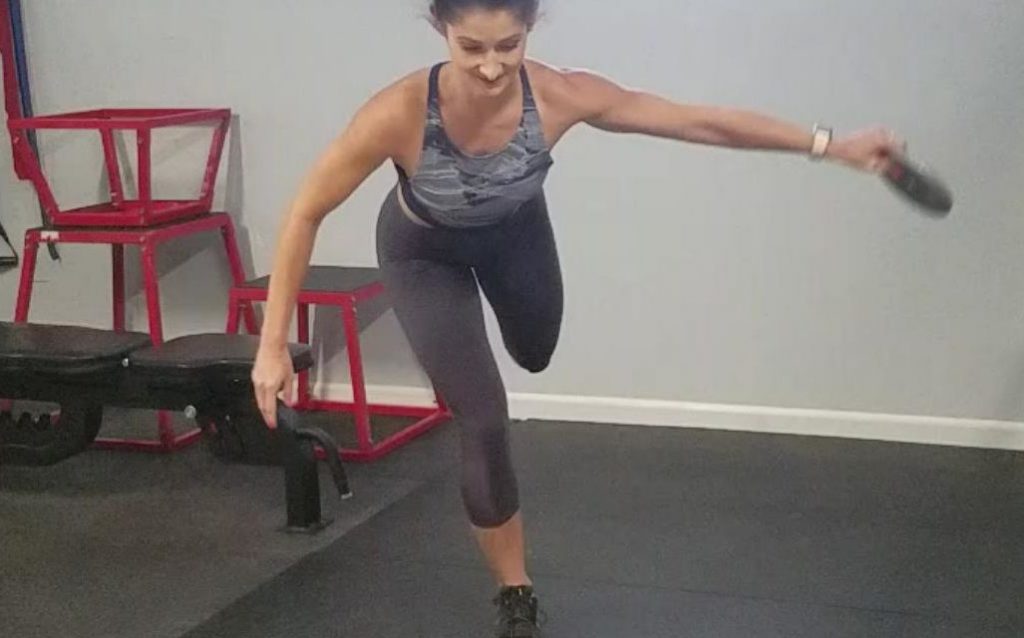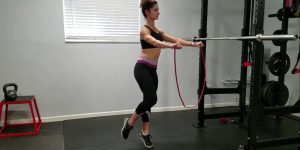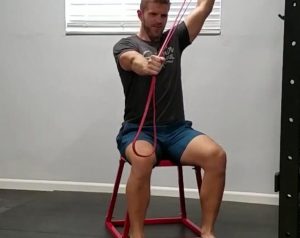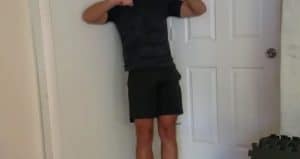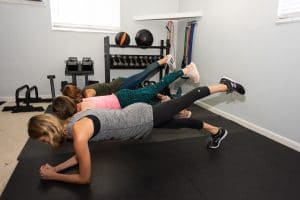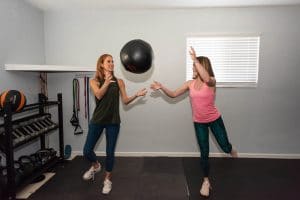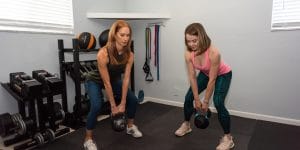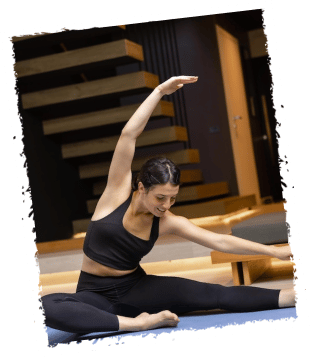Fix It Friday will feature common injuries/difficulties in dancers with a few tips to improve or prevent them!
This is phase 2 of our Posterior Tibialis Tendinopathy Series! Check out phase 1 here.
Feeling any pain when doing releves and jumps, particularly on the inside of the ankle, just behind you ankle bone or into your arch? This could be the tibialis posterior tendon acting up! Check out our first video for intro exercises then after a few weeks you should be ready for these! (Or mix them in to protect your tendon)
- SL RDL Weight Transfer: Get into your now well practiced SL RDL position (you do practice right? lol). Then, holding a light weight 2-5 lbs to start, slowly pass the weight from side to side. This sideways motion and focusing on stable foot and knee, will help engage the post tib. Try 20-30 secs for 2-3 sets.
- Foot Dome: The posterior tibialis is an important muscle in arch support, so training the arch will typically engage it as well. Danielle makes it look easy but try to bring ball of foot towards heel without flexing toes or rotating the foot. Hold for 5 secs for 5-10 reps.
- Heel Raise with Ball between Heels: Grab a tennis ball or even something just slightly larger and place it between your heels, under your ankle bones. You want to squeeze this ball as you do heel raises, but focus on ankle control and not winging or sickling the foot. Try 10 reps for 2-3 sets. Can go on a step if too easy.
This is not medical advice. This is general exercises performed for this condition. Please seek professional advice for injuries or pain persisting over time. If general exercise gives you pain, you likely need more specific and direct attention. Take care of your body.
To keep up with our videos, follow along here or on any of our social media platforms.
Scott DPT
#BeyondCrunchesandPilés

